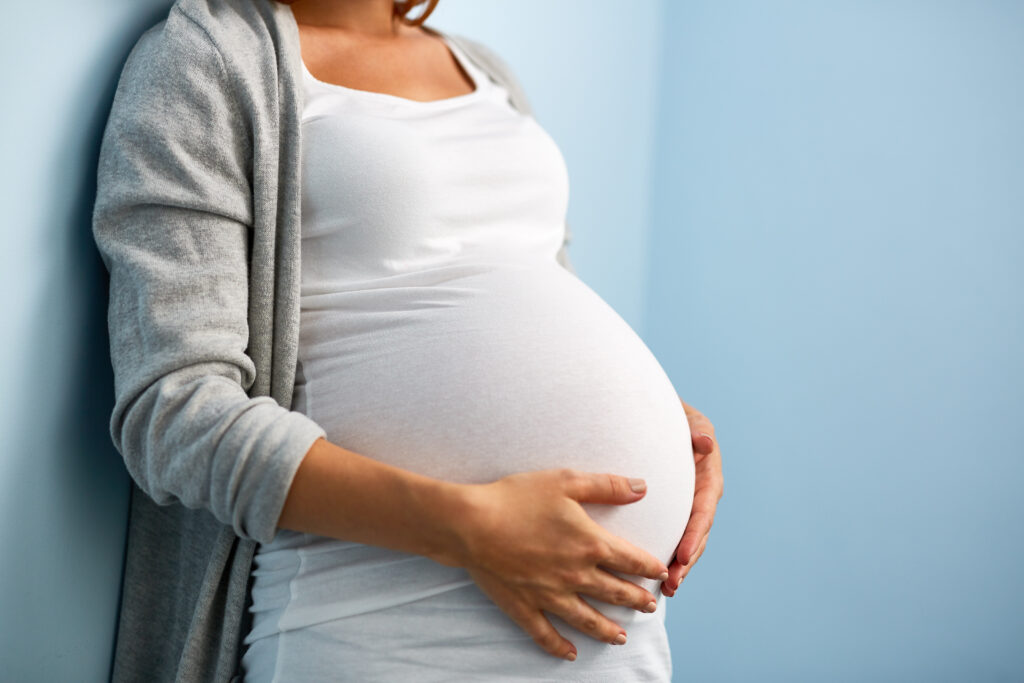Reviewed by Lis Pordes, M.D.
Welcoming a new baby is an exciting time! It can, however, also be an exhausting and overwhelming period in your family’s life. We know sleep will be a priority for you and your baby. We want to help you make sure your baby gets safe sleep.
Where your baby falls asleep matters for the first year of their life. Sadly, more than 130 babies in North Carolina die each year of sleep related causes – many of which could have been prevented.
Follow these six tips from the American Academy of Pediatrics to keep your baby safe and reduce the risk of a sleep-related death. And talk to others that take care of your baby about safe sleep recommendations.
Share the Room, Not the Bed
Babies are safest sleeping in their own crib, bassinet or pack ‘n play – for every nap and every sleep. If you share a bed with your baby, you could accidentally roll over and suffocate them. Move the crib to your room to stay close. This can also help make breastfeeding easier.
Put Your Baby on Their Back
While your grandma may say all her kids slept on their stomach and are fine, the science and recommendations now show that babies are much safer on their back. Anatomically, babies are less likely to choke when placed on their back than on their side or stomach. When they are able to roll back and forth (usually around six months), you don’t need to keep moving them to their back.
Keep the Crib Empty
Leave blankets, pillows, stuffed animals, bumper pads and other items OUT of the crib because they can be choking or suffocation risks. Consider a sleep sack instead of a blanket. If you’re worried about your baby getting cold, you can dress them in layers of clothing or use a wearable blanket. In general, you should dress your baby in only one layer more than you’re wearing. Place your baby on a flat and firm mattress with only a fitted sheet and no other bedding.
Don’t Smoke or Vape Around Your Baby

Smoking during pregnancy and second–hand smoke around your baby greatly increases their risk of Sudden Infant Death Syndrome (SIDS). Thirdhand smoke exposure is residue that’s left on clothing. Even that can be harmful to an infant. So make sure nobody smokes around your baby and that they change their clothes after smoking.
Try Pacifiers and a Bedtime Routine
Using pacifiers and having a set bedtime routine can soothe your baby and help them fall asleep and stay asleep in their own safe sleep space. Some studies show pacifiers potentially reduce the risk of SIDS.
Breastfeed Your Baby
Exclusive breastfeeding is recommended for the first 6 months of life, and it has benefits for mom and baby. Breast milk is the best source of nutrition for babies and helps prevent asthma, obesity, type 1 diabetes and SIDS. Breastfeeding can also reduce the mother’s risk of breast and ovarian cancer, type 2 diabetes and high blood pressure.
Why Safe Sleep and Public Health?
Mecklenburg County Public Health is committed to promoting and protecting the health of moms, babies and moms-to-be to ensure more babies celebrate their first birthdays in our community. Following these recommendations will help keep your baby safe and healthy throughout their first year of life.
